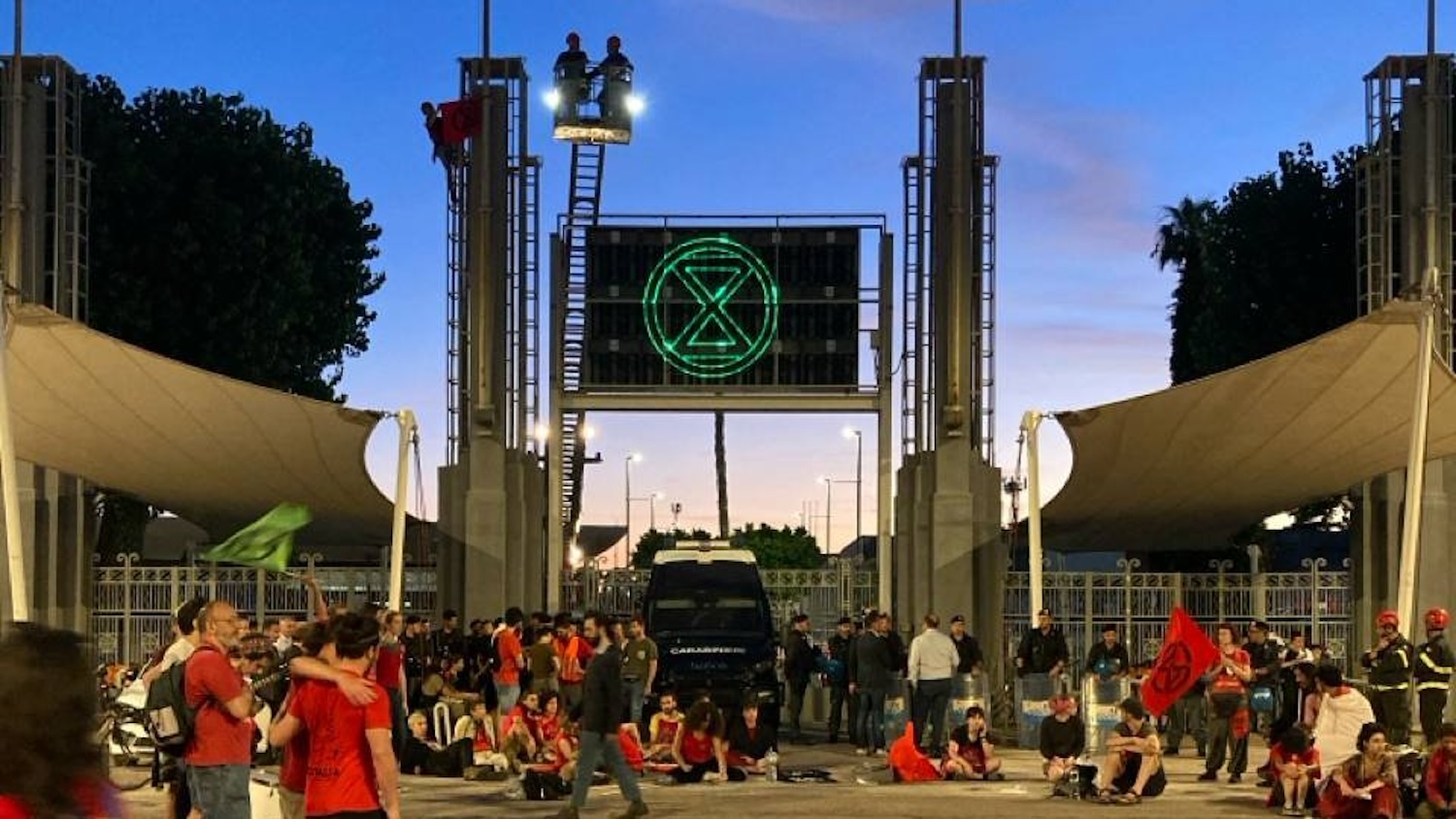For the first time in thirty years, auto workers are taking to the streets together. Opposition leaders were also present
For the first time since 1994, Italian auto unions are returning to the streets together. Today, Friday October 18, is the day of general strike of the sector, announced by Fim, Fiom and Uilm with the cry of “Let’s change gear”. The leaders of the three confederal unions march in the procession in Rome, starting at 9:30 a.m. from Piazza Barberini and with a final gathering in Piazza del Popolo: Maurizio Landini of the CGIL, Luigi Sbarra of the CISL and Pierpaolo Bombardieri of the UIL. At their side will also be (almost) all the leaders of the opposition parties – Elly Schlein, Giuseppe Conte, Nicola Fratoianni and Carlo Calenda – who have decided to form a common front to ask the government for urgent measures to revive the Italian automobile sector . sector.
The slow decline of the automotive sector in Italy
To understand what convinced the unions to overcome their differences and call a general strike, we only need to look at some data relating to the automobile sector. Over the past twenty years, car production in Italy fell by 66%the highest percentage of all European countries. The first months of 2024 saw the lowest production levels since 1957. Between cars and commercial vans, 387,600 vehicles were assembled in the first nine months of the year, compared to 567,525 in 2023. The bar set by the government is to produce a million. cars every year, even at the cost of the arrival of a second manufacturer in Italy. But the fact remains that Italy risks ending 2024 below 500,000 cars produced, or less than half of the objective declared by Minister Adolfo Urso.
The impact on employment
The slow but inexorable decline of the automobile sector in Italy has also had far from negligible consequences on employment. From 2014 to today, employees of the Stellantis group – formerly Fiat – have reduced more than 11,000 units and it is expected that this year there will be another 3,800 incentive departures. The Mirafiori factory is currently closed and will remain until November 3. In Melfi, 5,361 employees are under solidarity contract with the production of the Fiat 500X stopped since July. In Pomigliano, the days of layoffs continue to increase. Whereas in the Cassino factory, where the 2,700 employees are under solidarity contract until the end of the year, they work on a single shift.

Is the electricity to blame?
The automobile crisis does not only concern Italy, but all of Europe. The sector is indeed facing a historic challenge, namely the transition from thermal engine cars to electric cars. According to some companies, the difficulties are only the direct result of European policies linked to the Green Deal. A line also adopted by the Italian right and center-right parties, which tabled last week – on the occasion of the hearing of Carlos Tavares, CEO of Stellantis, in Parliament – a motion which commits the government to request a review of European green policies. It must be admitted, however, that the data tell a more complex story. From 1999 to 2022 – long before the EU approved the controversial regulation banning new petrol and diesel cars from 2035 – car production in Italy fell by 66%. According to certain operators in the sector, it is only by betting with conviction on electricity that businesses and jobs can be saved.
Union demands
Thousands of workers from across Italy took part in the demonstration called by the unions in Rome, supported by European and global union delegations. “In Italy we produce 300 thousand cars while we would have a production capacity of 1.5 million cars,” Maurizio Landini attacked today in an interview with Agora on Rai Tre. THE cry of alarm from the unions he first addresses Prime Minister Giorgia Meloni, who is asked to open negotiations on an extraordinary plan to revive production in Italy. “The prospects are not clear, there is no industrial project that defines a future. And we do not want to sit idly by. We need a revival of industrial policies. The government should convene the social partners, Stellantis and the companies that make it up at Palazzo Chigi because there is a need for a global strategic plan, in Italy and in Europe,” continued the CGIL secretary.
On the cover: The procession of auto workers in Rome, October 18, 2024 (ANSA/Angelo Carconi)


